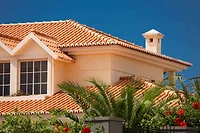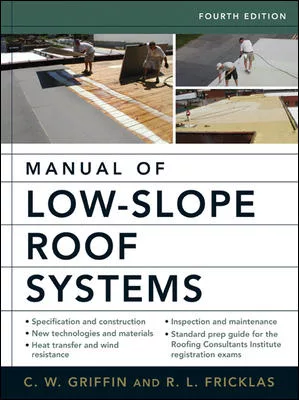Tesla's New Solar Roof System Won't Mark the End of Shingles
Does the Tesla/SolarCity merger mean roofers should hang up their nail guns? Not any time soon.
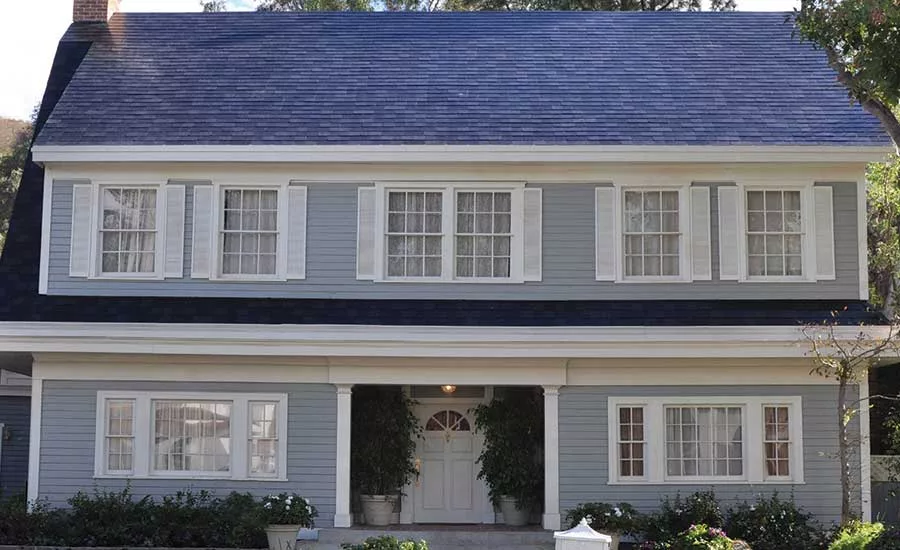
Photos courtesy of Tesla/SolarCity.
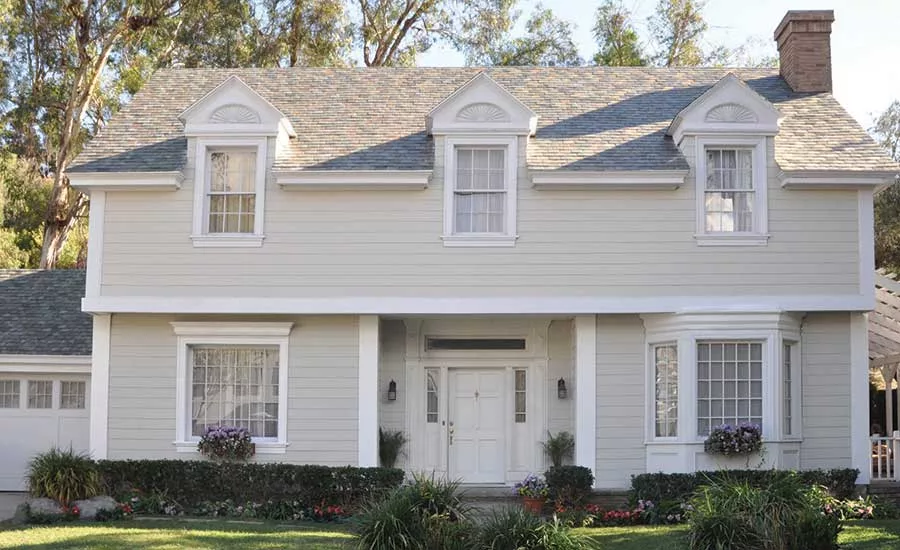
Photos courtesy of Tesla/SolarCity.
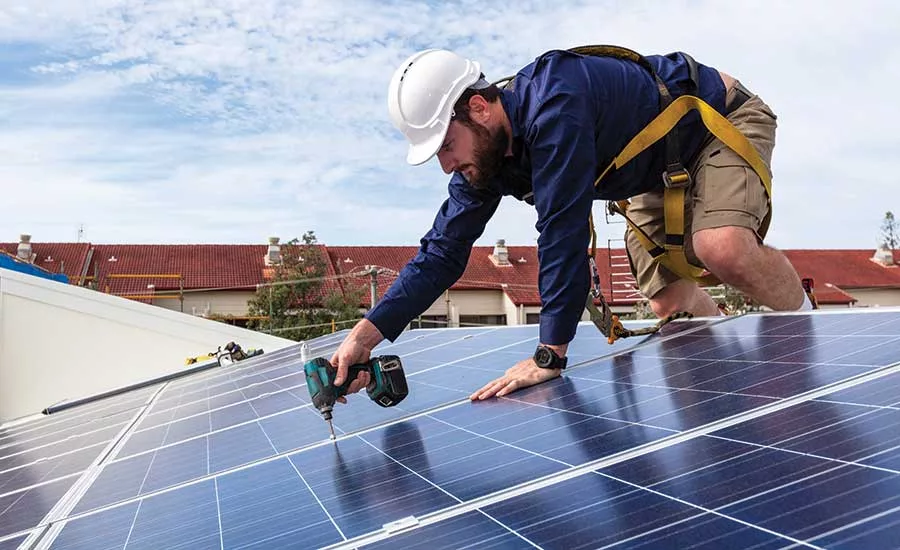
Photos courtesy of Tesla/SolarCity.
Tesla CEO Elon Musk set out to create a roof product that would be cheaper than a standard roof, provide useable electricity, and be aesthetically appealing when he announced his new solar roof products during a highly-anticipated media event last fall. Musk also wanted to integrate his company’s battery storage products (known as a “Powerwall”) and electric vehicles with solar roofs. The solar roof panels will generate solar energy, which will be stored in the batteries to provide electricity to both the home and vehicles.
The new solar roof products are made from textured glass with integrated solar cells. Photos and videos displayed during the press event show the solar roof panels being virtually indistinguishable from standard roof panels. Through a process called hydrographic printing, each roof tile is unique, which results in no two roofs being the same. From the street, the tiles will appear opaque (as though they’re a traditional shingle roof), but from the vantage point of the sun the tiles will be transparent — allowing sunlight to penetrate through to the solar cell. The opaque/transparent appearances are a result of mutual development with 3M.
Tesla plans to offer four styles, including “Tuscan Glass Tile,” “Textured Glass Tile,” “Slate Glass Tile,” and “Smooth Glass Tile.” Potential roof buyers will be able to customize the design of the tiles to match their specific house design. The variety of styles combined with their customizable nature allow for a range of roof designs, from rustic-looking Tuscany to modern tile roofs. Another alleged advantage of using glass solar roof tiles is that they may be manufactured to be tougher and longer lasting than standard roofing materials. In a recorded demonstration displayed during the press event, Tesla’s solar roof tile was the only roof product not to break when a kettle bell was dropped from a few feet above.
While Musk promised that the solar roofs will be cheaper than traditional roofs, with the added benefit of electrical generation, he neglected to provide more than general assurances. The actual price of the tiles, their availability and performance, as well as installation costs still remain unknown.
Despite the lack of specificity, the solar roof tiles will likely cause a stir in the roofing industry. So where does this leave the industry? Obviously, the Tesla/SolarCity roof system is years from being perfected. Like other solar products, we can expect malfunctions to occur during early testing. However, at some point, Tesla or products similar to its system, will exist and ultimately replace traditional roof systems. Although integrated solar panels exist, there’s nothing in the market now that combines solar, durability and aesthetics in the same way that this proposed system would.
From a legal standpoint, the roofing industry should get to work. Roofing contractors that are required to be licensed should work with their local and state boards to expand existing licensing to encompass solar and the incidental electrical that may be required to install these new systems. The roofing industry should also make sure that the new system does not adversely affect R values for insulation purposes and are sufficiently UV tested.
Particular attention will need to be paid to contracts using the new Tesla/SolarCity system — especially at its inception. Will the new system be watertight and as durable as promised? Are fires and excessive heat an issue in the event of malfunction? We have seen the durability tests but what happens during a hailstorm, tornado or hurricane? Contracts need to have a variety of disclaimers and notices that attempt to protect initial installers, which will undoubtedly be approved by Tesla. Liability is obviously the biggest concern. A roofing company could potentially be responsible for the performance of the system as well as the overall roof function.
Additionally, roofers need to check with their general liability carriers to determine if they’re properly covered for the potential perils and losses that could occur in the event the system malfunctions, which could include fire damage. There are a variety of exclusions on standard general liability policies that could impact a roofing contractor’s ability to be covered for damages related to this new technology.
Should roofers hang up their nail guns? Not any time soon. The Tesla/SolarCity system — even if it functions as intended — is nothing new. Manufacturers have produced integrated solar cells for years. The difference with this system is the aesthetics and the overall appearance. For the next ten years or so, cost may prove a deterrent for many homeowners looking at the Tesla/SolarCity system. However, as with all new technology, manufacturers and roofers should view Musk’s announcement as a sign of things to come and make sure that as an industry, its voice is heard regarding the implementation of these new systems.
Author’s note: The information contained in this article is for general educational information only. This information does not constitute legal advice, is not intended to constitute legal advice, nor should it be relied upon as legal advice for your specific factual pattern or situation.
Looking for a reprint of this article?
From high-res PDFs to custom plaques, order your copy today!






